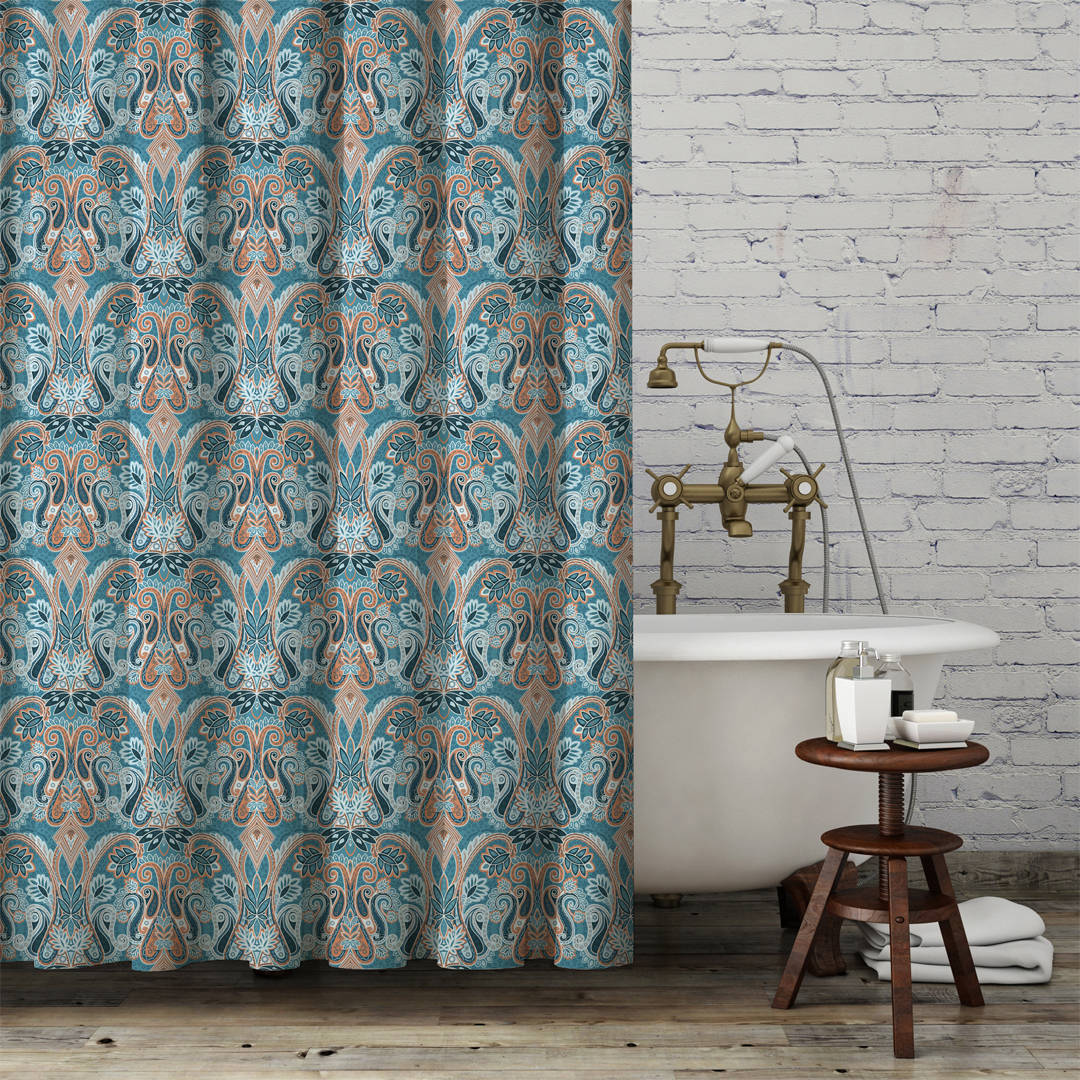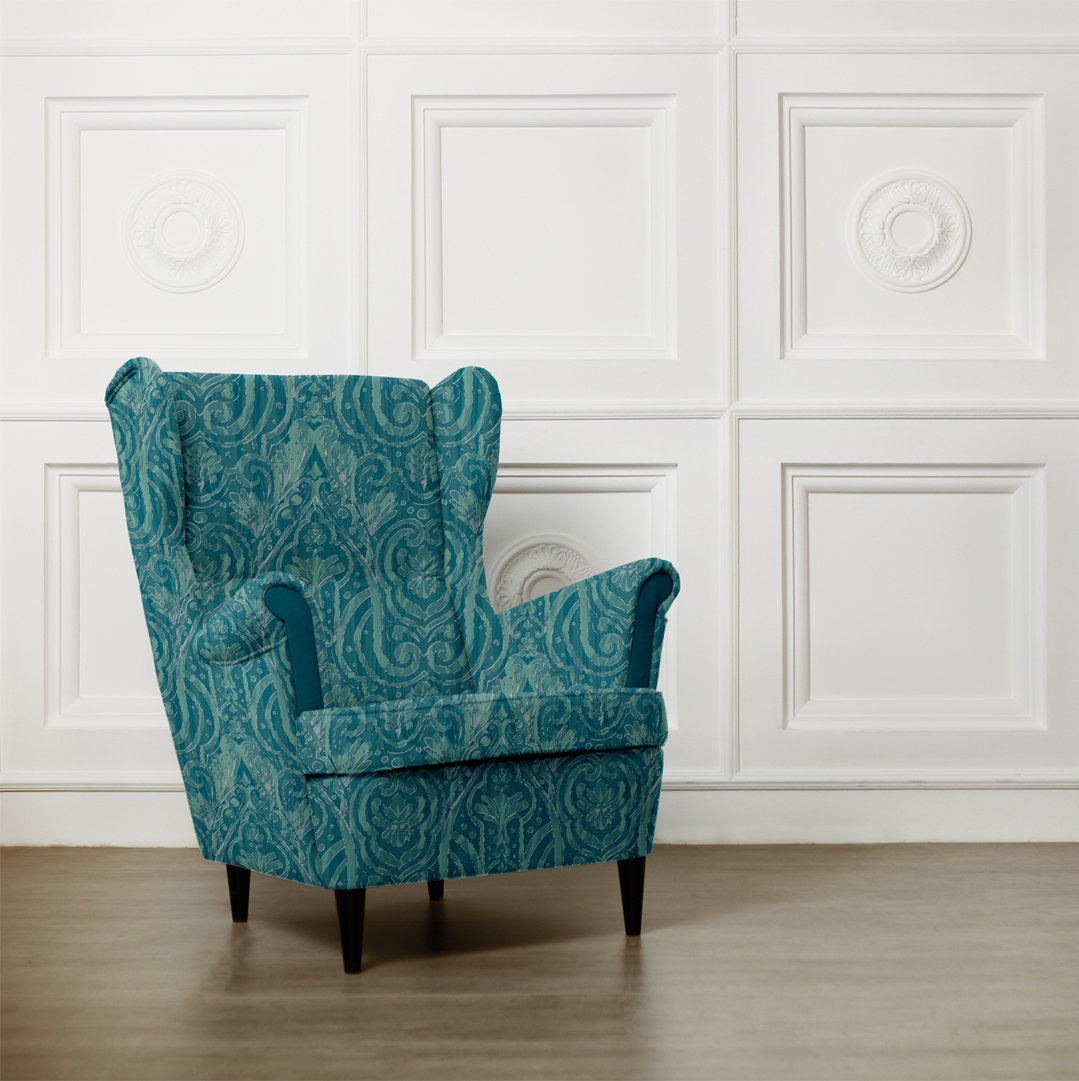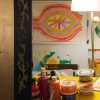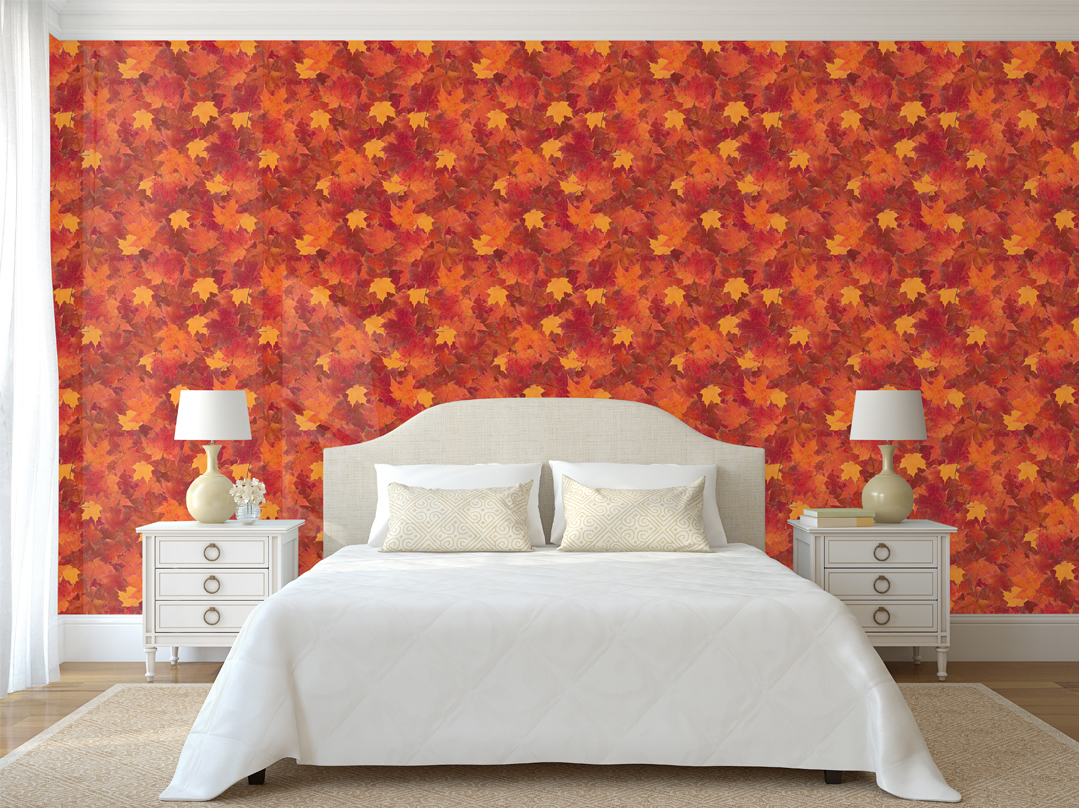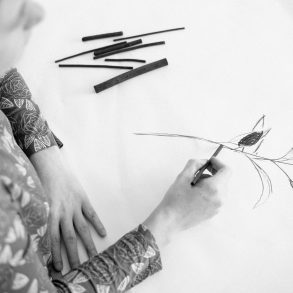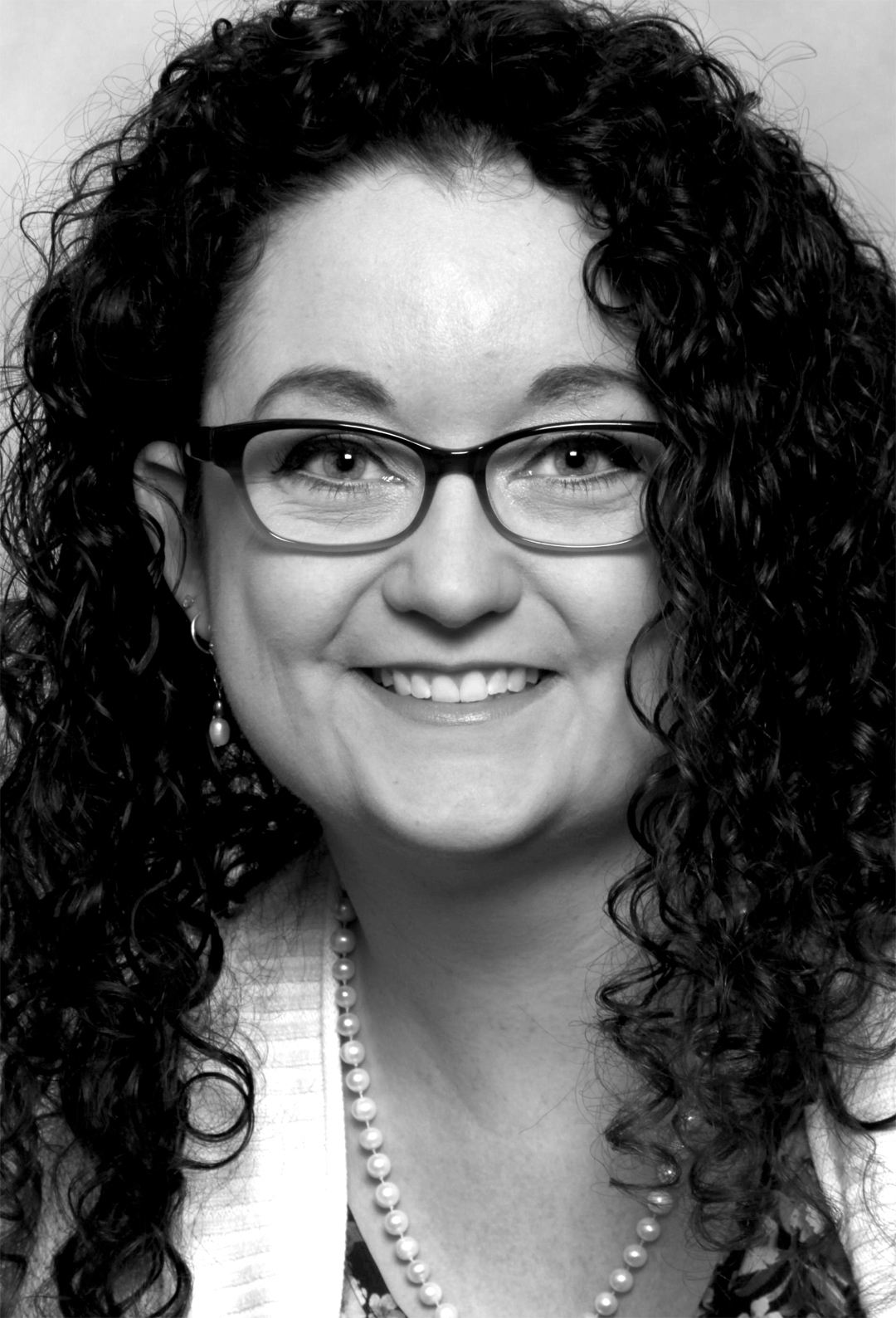
Later this month Nikky will be sharing a tutorial with Textile Design Lab students, on creating high-quality CADs for home decor (like the ones seen in this post,) and we will be sharing a brief excerpt of that training here on the blog. Today we invite you to get to know Nikky in our interview below. Enjoy!
Tell us a bit about your design background and career path. How did you become interested in textile design?
I first had the opportunity to learn how to create seamless patterns while in my final year in college. After the first years in my BAA Illustration program, I already enjoyed decorative art and found myself well suited to organize my work into seamless repeats. Placing each element so everything is in its place while striving for balance and harmony is right up my alley. After graduation I worked as an in-house designer to learn more about the trade while continuing to improve my skills and freelancing after hours. Thanks to this extra effort outside of the office, I recently was able to strike out on my own as a full-time freelancer. I am currently growing my inventory and my client base.
Can you tell us a bit about your former position designing patterns for a furniture wholesaler? What did your responsibilities include? What was your favorite part of your job?
While working for a furniture manufacturing company, I was designing new patterns based heavily from current designs, re-colouring, creating CADs, scale changes, colour indexing, and mild research. We had to adapt to every different style as there was a high rate of production, and we would have to work with all sorts of patterns. So many in fact, that their designs where a jumble of files. I love to organize, and I created a database for files to reduce double work and make retrieving files much more efficient. Unfortunately for me this environment offered no creative freedom and little respect for my skill set.
My favourite part of this in-house position was working with the other designer. We created a supporting environment of trust and respect together and made a great team. Going into the office knowing you have someone on your side is an amazing feeling. Working from home has created a stark contrast in this aspect. This is why I’m part of the Textile Design Lab. Being able to reach out and ask technical questions is so important.
Could you talk a bit more about some of the differences you’ve experienced between working in-house and freelancing? What should designers know when trying to decide which route to take? What are some of the benefits and challenges?
The two major differences are creative freedom and control. While working for others you won’t always be the one who decides what art you are making. Your superiors may not be creative people and may or may not take an active interest in your work. When working under someone, it is important to know how capable your superiors are at communicating clearly, critiquing honestly, and delegating efficiently. If they aren’t creative thinkers and opt to drive the create process, it may be a struggle to produce your best work. However if they are engaging and want to partner with their designers, then there is opportunity for the artist to grow with the company. It is critical that when discussing a piece, both parties know what terminology means what. All too often, offices will have their own internal corporate lingo that takes some time to pick up and can lead to frustration if misused. Practicing empathy and patience is key. I suggest that when looking to be an in-house designer, try to find a studio that is filled with creative, like-minded people who are willing to invest in you.
While freelancing, I find I’m treated with a great deal more respect and understanding from people in the industry. My clients and the studios I work with show me that they value my work. They have to try harder to bridge the gap by using correct language and articulating their opinions objectively. Ultimately, I get the most creative freedom while freelancing when compared to working in a studio. However there is no steady pay-check and I have to be my own boss. I need to manage my own time, do my own research, promote myself, and manage my clientele. I love the challenge and freedom this brings.
Tell us a bit about your design process. What media/design tools do you like to use?
During the last ten years I’ve been fortunate enough to learn many different techniques. Learning is something I enjoy doing and there are enough new ways to create art out there to keep things interested for a long time. I schedule hours for learning but depending on the needs of my customers, current trends, demand, and my time, I don’t always get to experiment as much as I’d like to. So far my favourite new technique is masking intricate vectors shapes on Adobe Illustrator and filling them with marbled colour layers on Adobe Photoshop. The designs are rich with movement yet can still be manufactured with silk screens or woven with few colours.
As for my process, depending on the result I’m going for, my two go-to medias are watercolour and Adobe Illustrator. I also often use drawings, photographs, and Adobe Photoshop. Everything ends up being digitally manipulated somehow. For some designs, I’ll work with several different programs to accomplish a desired result. It’s rare that anything I do isn’t seamless, separated in layers for each colour with a colour index, scale, and CAD. Did I mention I like to organize?
What are your go-to sources for design inspiration? Favorite print & pattern trends?
I love to visit museums for inspiration. Museums of art, natural history, & botany are my favourites. Whenever attending one of these institutions, I bring a sketchbook and work onsite while also taking notes of what what I see and think. When I need a smaller jolt of inspiration I’ll look at what’s around me; I take walks in the woods, browse art and home decor stores, and attend craft shows. Sometimes all I need is a change of scenery and some music so I go to a local coffee shop for a long period of drawing. When there is not enough time for a trip, I also keep several large coffee table books featuring period art and exotic destinations close by.
My online sources of inspiration are Instagram and Pinterest. Unless it’s a lazy weekend afternoon, I find these to be time consuming and somewhat addictive so I limit my time there. Sitting outside with a coffee while perusing Pinterest is how I like to relax. When it’s too cold out, I’ll do the same inside with the added bonus of the company of my cats.
Who are your design heroes (past or present)? What about them inspires you or influences your work?
William Morris, Mucha, George Barbier and Carl Spitzweg are historical influences for me. I’m very fond of rococo, art deco, German and Chinese decorative arts including wall hangings & pottery. Persian rugs, American paintings and white marble statues are favourites too. If I’m looking for more current sources of inspiration I gravitate to the art of Jessica Caissie, and the stunning watercolours of Lian Quan Zhen.
I like these things because they are beautiful and fill me with excitement and awe. I love clean lines and beautiful layouts often found in decorative art. The more visceral works in oil and masterful watercolour remind me of the joys and beauty of life. For me there are few things better.
Over the course of your career, what actions or decisions have made the biggest impact on your design business?
Staying true to myself has been the best decision I ever made. For a long time I worked in designs for youth because that’s what I thought was expected of me. My passion was always to design for interiors and once I let myself do that, the work reflected how happy I was. I hope that my love for this shows in my work and makes it stand out. Today I’m still under pressure to work for other sectors like the garment industry but I’m sticking to my guns. I know that this is where I belong and I’m staying true to my passion.
What would you consider to be your most proud achievement/greatest success so far in your design career? What are your goals for the future?
Starting out on my own has been a big achievement for me. Freelancing full time has been a lot of work so far but I couldn’t be more pleased with how I’m progressing. Due to my geography, I’ve decided to work primarily with studios & mills and have set up a comprehensive online store to make it easy for my clients. It’s basically a shop with the designs ready for manufacture along with all the specs and story behind each piece. This is much more work than most expect to see from a designer but I’d rather give more than not enough.
My future goals are to work with multiple studios around the world, to continue creating approximately 40-50 designs a month, and budget for at least one out-of-town trip a year for inspiration, research, and networking. My short term goals are to keep joy and a positive outlook while accomplishing my daily tasks.
What advice have you received in your career that has stayed with you or influenced you? Do you have any words of wisdom for aspiring designers trying to build successful careers of their own?
A term that has stayed with me is ‘work-life balance’. This is not my strong point. I love what I do so much I often become engrossed and forget to take breaks or eat. This is not a good thing, and is something I’ve been working on. ‘Work-life balance’ also means taking time with my family. My loved ones are my priority, and I have to remind myself to tear away from the design and research, to make time for them.
My advice is to stay focused on your strengths while always improving upon your skill set. Keeping your skills sharp through ongoing practice and experimentation is also advisable. However we can’t do everything! I recommend a good organization system: prioritize your time, keep a ledger, time sheet, and other data easily accessible. If you are working alone you need to keep yourself accountable or find someone who you can be accountable to. Set quarterly goals, and at the end of each quarter review what you have done and see where you can improve. I find that keeping my work data up to date is a small thing I need to do daily which helps in a big way.
Become a Textile Design Lab member to gain access to Nikky’s tutorial when it becomes available later this month, in addition to all of our past guest expert tutorials and the other informative e-courses and helpful features of the Lab. Visit textiledesignlab.com to learn more!

